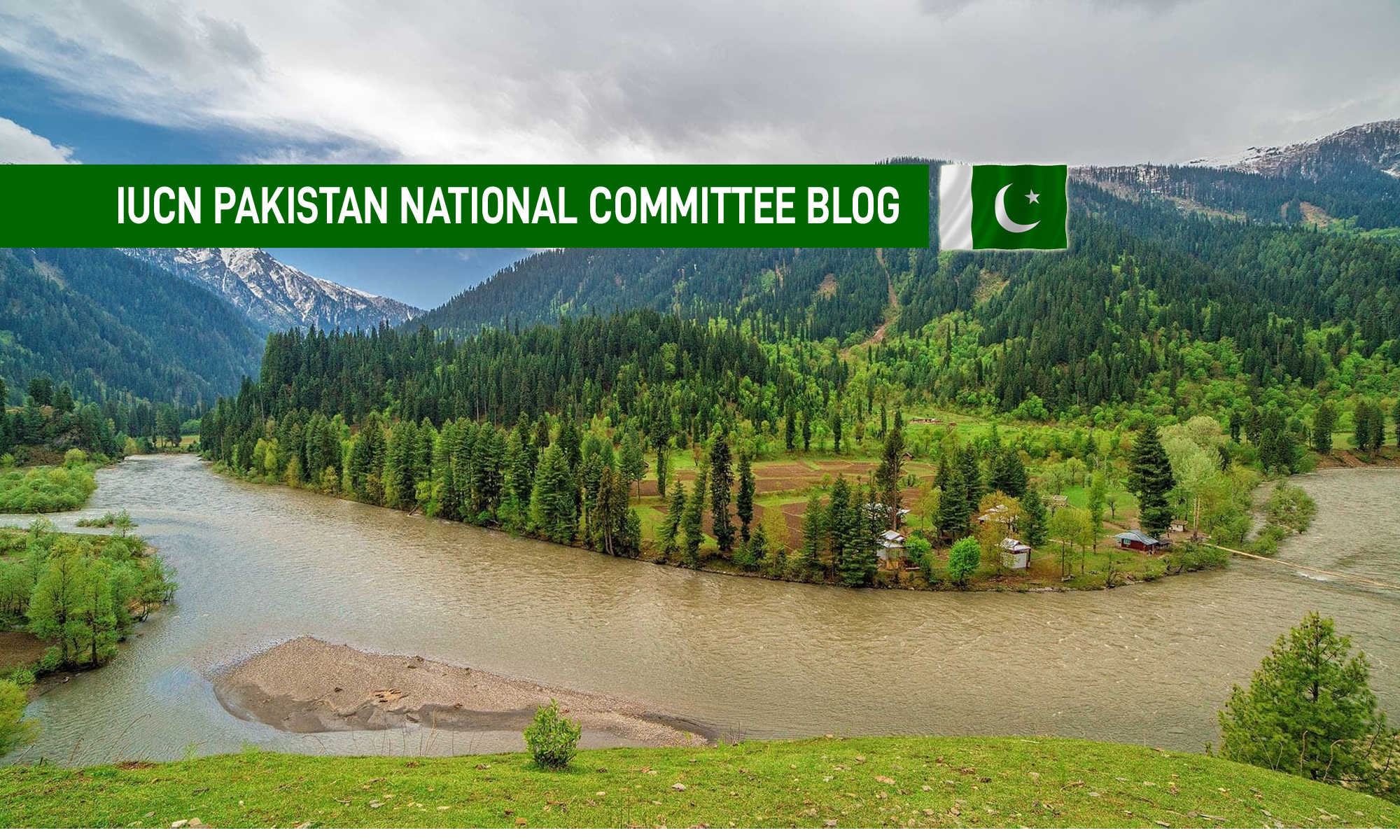By Naseer Memon
Daily Dawn-2nd Jan 2011
THE UNDP indicates an encouraging improvement in Pakistan`s ranking. From 141 last year, we are now at 125. The country has moved from the `low human development` category of countries to `medium human development`. Nevertheless, there is little to write home about.
In the list of 169 countries ranked on the Human Development Index (HDI), the 125th position is still closer to the bottom of the pyramid. Saarc countries Sri Lanka (91), India(119) and the Maldives (107) performed better than Pakistan. World Fact Book Fact Book
The CIA`s places Pakistan at 46th place among 174 countries ranked on military expenditure, but 153rd among 186 countries measured against expenditure on education. Similarly, Pakistan is ranked at 166 among 224 locations when the measures life expectancy. The World Health Organisation marked Pakistan at 171 among 185 countries ranked on health expenditure and placed the country at the 122nd position while measuring the health system`s efficiency in 191 countries.
HDI is not just a measure of vital development signs. It is also key to fathoming the political will for human development on the part of a country`s managers. With the end of the Cold War, the global community revisited the paradigm of human security realising that the world could only be made secure by fostering human development. The UN`s Millennium Declaration brought human development to the top of the agenda.
During the past two decades, several indices of human development have been introduced in order to gauge the states` political commitment to the development of their citizens.
Pakistan has a chequered history of moving from a development state in its formative years to a security state later on. Unfortunately, it failed to keep up the development gains of the earlier years after the Zia regime skirted human development goals with callous perfection. Although security needs always outshone development allocations in our history, there were brief intervals of investment in human development, particularly in the `70s. Pakistan`s annual budget ritual is marked by defence, debt servicing and development (the Public Sector Development Programme). The last is frequently starved to feed the other two.
“Mutilated, truncated, moth-eaten” as the apprehensive Jinnah termed it in 1947, Pakistan inherited conflicts and an appetite for security. The ruling military and civil oligarchy exploited the opportunity. The spook of the border enemy was used to justify everything under the garb of security.
The journey started with the first national budget presented on Feb 28, 1948, that allocated more than 70 per cent of the central government`s revenues to defence. This trend dominated the subsequent years with 71 and 73 per cent of government expenditure going to security in 1948-49 and 1949-50 respectively.
The tussle can be judged from a 1958 telegram of the British embassy in Washington, which revealed that while the country was reeling under grain scarcity, our representatives were purchasing arms in the US. In one hand Pakistan was holding an appeal for the grant of a million tonnes of wheat and in the other it carried a shopping list of military equipment worth $45m.
This trend was interrupted by Z.A. Bhutto`s government when development allocation was raised from 1973-74 onwards. In 1977-78, 43.5 per cent of the budget was allocated to development, compared with 22 per cent for defence. Despite a bruised economy due to the 1971 war and oil shocks, Bhutto diverted significant resources towards development.
The short-lived gains were reversed during the Zia martial law and the country degenerated from a potentially progressive development state to a retrogressive security state. Zia gradually reversed the allocations and after 1982, the snowballing defence allocation closely chased the allocation for development. For the first time after 1958-59, defence dwarfed the allocations for development in 1986-87 and 1987-88.
Foreign and domestic debt has been another guzzler of resources. By June 2010, the country had a huge foreign debt of $55.6bn and a domestic debt of Rs4.3tr. Public debt repayment has been the second largest drain on resources since the inception of the country. Debt repayment always rivalled the defence budget but with the culmination of the Afghan war and the demise of a bipolar world in the early `90s, debt repayment obscured the defence budget.
How much priority is assigned to defence and debt servicing as compared to development can be judged from some recent developments. The federal minister for finance informed the National Assembly some time ago that in the current financial year, Pakistan will pay Rs902.8bn to service domestic and external loans. This amounts to 50 per cent of targeted revenue collection and 32.6 per cent of the year`s total outlay. This can be compared with the size of the annual public-sector development allocation of Rs663bn, later reduced to Rs590bn as reported by this newspaper some months ago. Meanwhile, the initial allocation for a defence budget of Rs442.2bn had been inflated to Rs552bn. This does not include Rs72bn for pensions for former armed forces personnel, as stated by former finance secretary Salman Siddique before the Public Accounts Committee.
At the same time, teachers closed universities across the country because the government expressed its inability to provide Rs10bn to meet the expenses of a 50 per cent salary increase announced by the government itself and development needs including funds for those who are already studying abroad on scholarships. These news reports reflect our misplaced priorities. Pakistan needs to redefine its priorities and embrace the emerging paradigm of security where citizens are placed at the centre and not at the periphery while making policies.
(The writer is the chief executive of the Strengthening Participatory Organisation. nmemon@spopk.org)









